|
Ossining
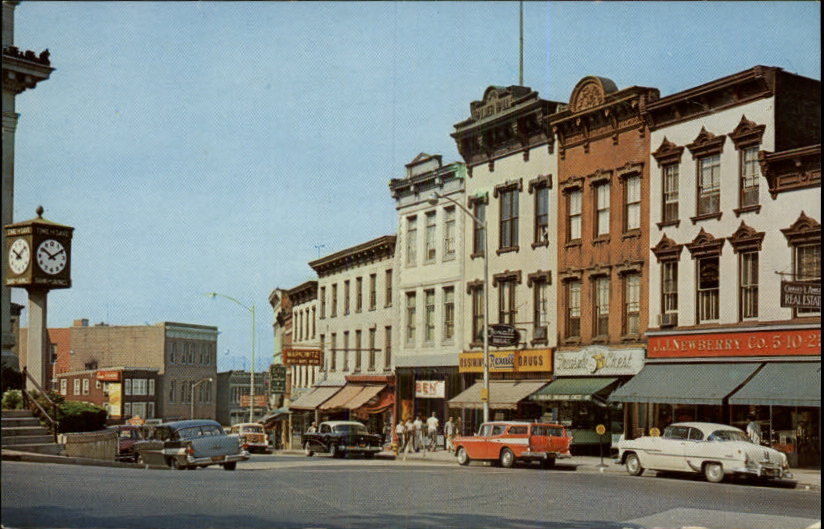
The Village of Ossining overlooks
the broad expanse of Haverstraw Bay some 35 miles north of midtown
Manhattan. It retains many architectural gems, but within the Rivertowns
Ossining also fared among the worst during the times or Urban Renewal in
the early 1970s, and hasn't reclaimed its main street with any distinct
identity. Undoubtedly most persons will think of the infamous correction
facility when they hear the original name of the village, Sing Sing, and
indeed the prison occupies a significant piece of land along the Hudson
River. However the prison is mostly out-of-sight, and downtown Ossining
seems consistently on the verge of "making it" but never does
it quite become a tourist destination like Tarrytown, or an escape from
Brooklyn like Hastings. It just may be a few years behind.
Ossining still has some historically-significant ruins while a number of
sites of interest have been demolished in the last 10-15 years. A few of
them are featured here among other sites examined in-depth, with a few
more sites to be featured here later.
Downtown
Banks - A trio of once-vacant banks.
Bella
Vista mansion / Elk's Lodge - Demolished April 13, 2015.
Potter
Estate Underground Chambers - Revealed by a road collapse, once
again sealed-up.
Henry
Gourdine's Fishing Shed - Demolished for million-dollar
condominiums that were never built.
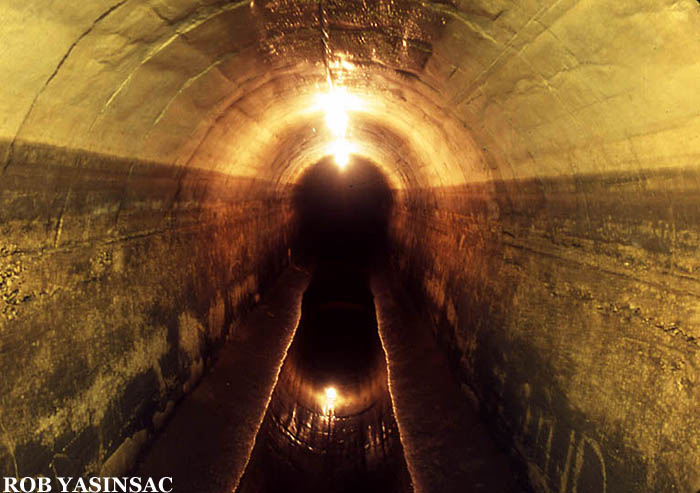
Old Croton Aqueduct
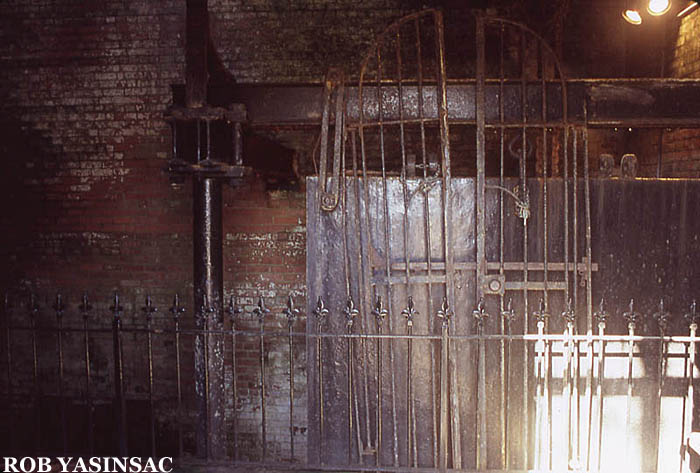
Old Croton Aqueduct
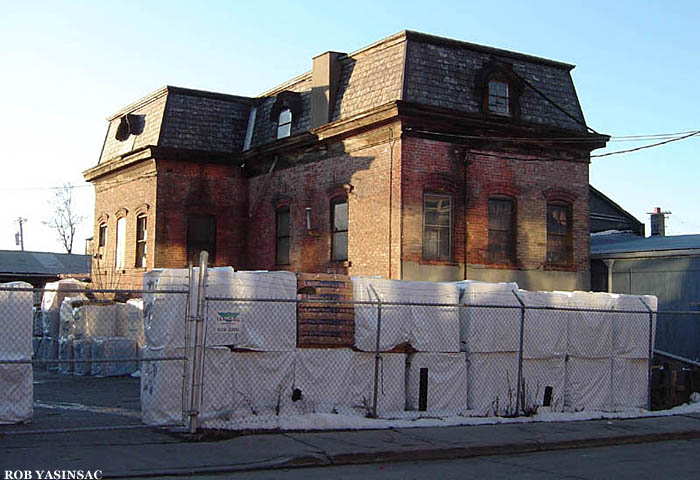
77 Water Street (demolished)
Once this was the Faure-Pryce Electrical Company.
A great
historical image is in the archive of the Museum of the City
of New York.
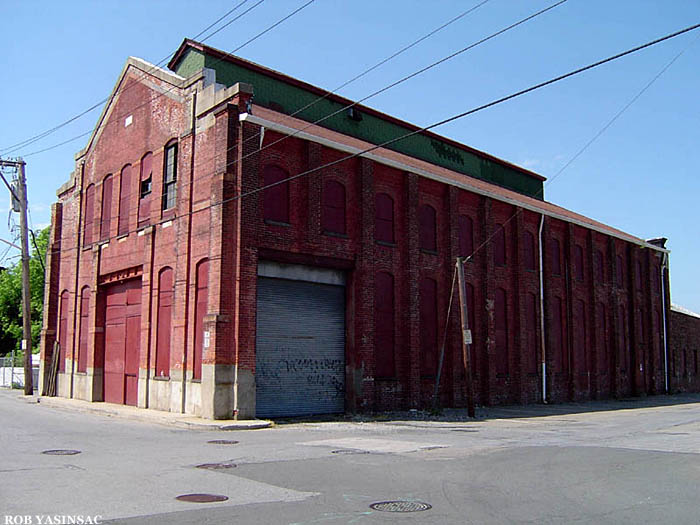
Westerly Road and Quimby Street.
This industrial building, still in use, has been home to a variety of
concerns including Alert & McGuire Pickle Storage (1903), Mosher Water
Tube Boiler Company (1911), and Collett Week Nibecker Vitamin Concentrates
(1949).
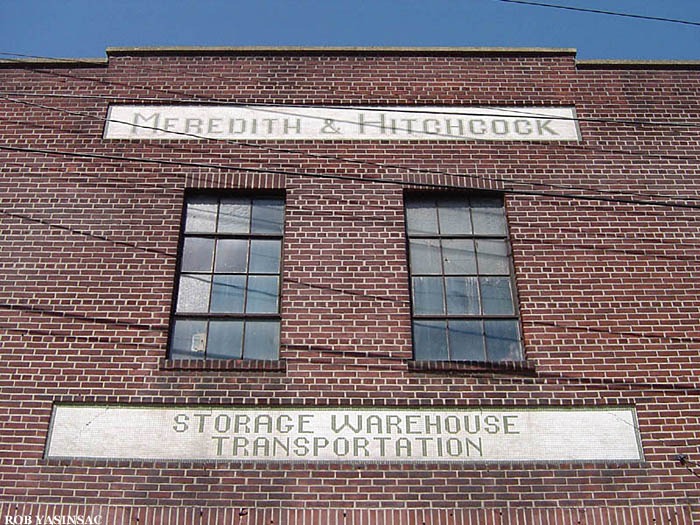
Meredith & Hitchcock Storage
Warehouse Transportation (demolished)
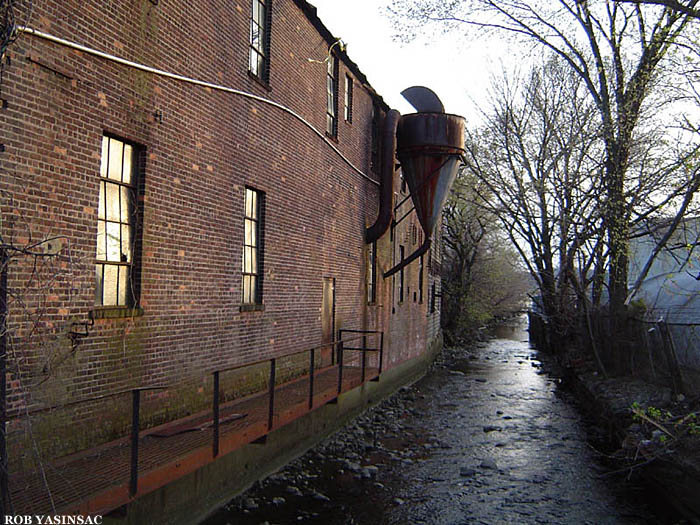
Meredith & Hitchcock Storage
Warehouse Transportation (demolished)
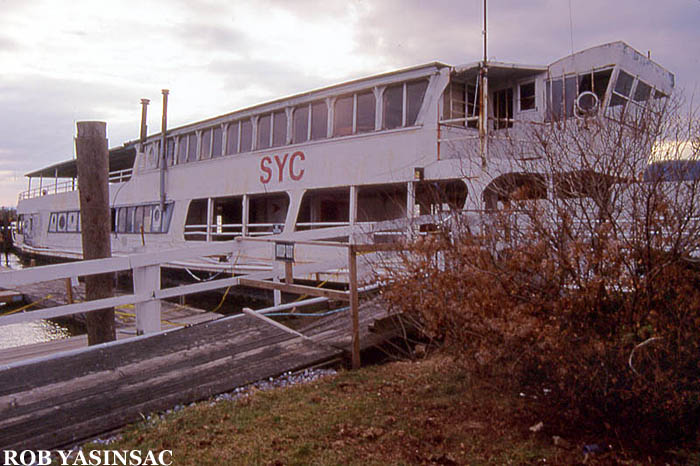
LCI (L) 766 / Circle Line IX
(demolished)
Built in 1944, this Landing Craft Infantry vessel served at Iwo Jima
and Okinawa to ferry troops from sea to the beach.
It later served as Day Line,
and then Circle Line, sight-seeing boat. Purchased for scrap, it was
relocated to the Shattemuc
Yacht Club where it became part of the club's rebuilt
breakwater and auxiliary clubhouse. It has since been razed to the
waterline.
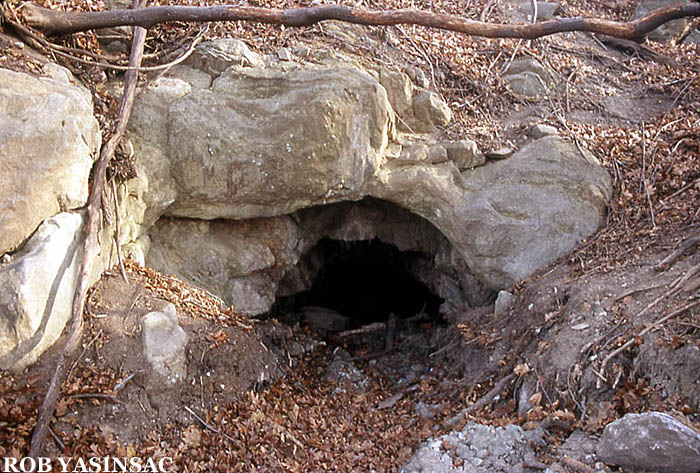
Sparta Copper Mine (sealed-up)
Mined intermittently between 1820 and 1881, the mine was recently
sealed shut and closed to exploration.
Fortunately the folks at IronMiners.com
have documented this site.
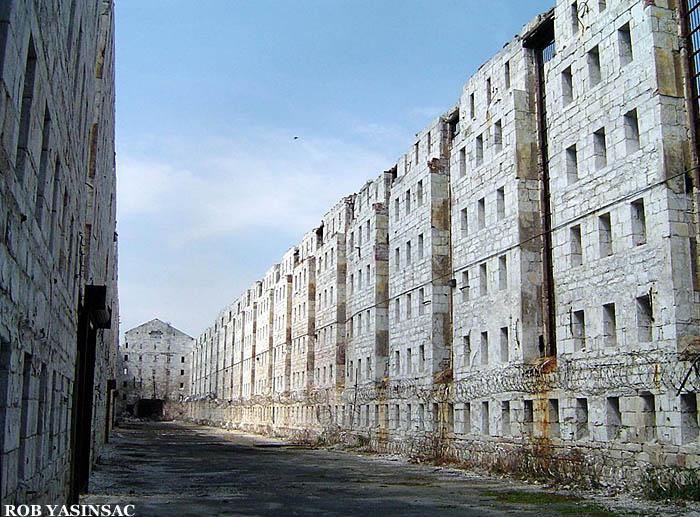
The ruins of the original 1825
stone cellblock of Sing Sing Prison.
Notorious for conditions that led to prison reform in the 20th
century, was reduced to ruin by a fire in the 1980s. It stands just a few
feet from commuter railroad tracks, though the thousands of daily passengers
will never be able to get more than a glimpse of the cellblock interior.
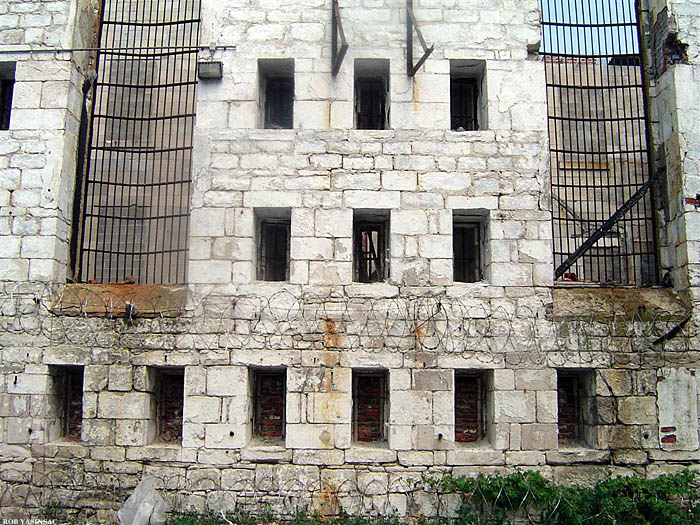
Although there has long been
talk of creating a museum on prison property, ethical concerns exist owing
to the fact that Sing Sing Correctional Facility remains an active
institution. This ruin was chronicled in Hudson
Valley Ruins: Forgotten Landmarks of an American Landscape.
This page copyright ©
2015 by Robert J. Yasinsac. All rights reserved.
Reproducing or copying photographs without the permission of Robert J.
Yasinsac is prohibited.
|